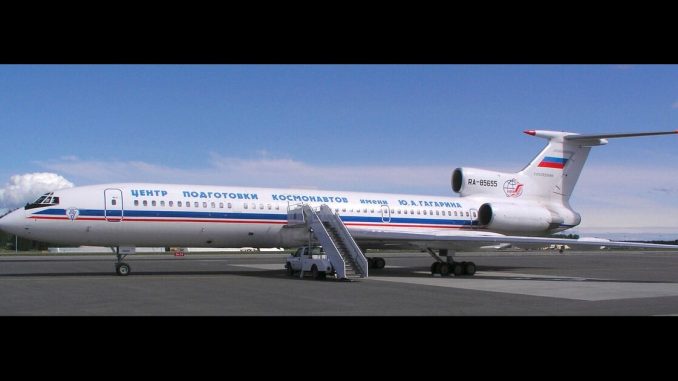
MOSCOW — Russia may consider returning to an international pact allowing surveillance flights over military facilities if the United States reverses its exit, the top Russian diplomat said Tuesday.
Moscow announced last month that it would leave the Open Skies Treaty following the U.S. departure from the pact last year, adding that Russian proposals to keep the treaty alive after the U.S. withdrawal have been given the cold shoulder by Washington’s allies.
Russian Foreign Minister Sergey Lavrov said after Tuesday’s talks in Moscow with Swedish Foreign Minister Ann Linde, the current chair of the Organization for Security and Cooperation in Europe, that Moscow could still mull the return.
“If the United States fully returns to observing the treaty, the Russian Federation would be ready to constructively consider that new situation,” Lavrov said.
/cloudfront-us-east-1.images.arcpublishing.com/mco/75LGKFKUHJFR3PVAB32PWLZDQE.jpg)
He noted that while Russia has declared its intention to quit, it hasn’t yet formally submitted the relevant notice to other parties.
Lavrov’s statement comes days after Moscow and Washington reached a last-minute agreement to extend their last remaining nuclear arms control pact, the New START treaty, that was due to expire on Feb. 5.
/cloudfront-us-east-1.images.arcpublishing.com/mco/BJNYOSGSDRE3XGMLSJI2DAIPDA.jpg)
When U.S. President Joe Biden and Russian President Vladimir Putin had a call last week, the Kremlin said they discussed the Open Skies pact along with other issues. It didn’t elaborate.
The Open Skies Treaty was intended to build trust between Russia and the West by allowing the accord’s more than three dozen signatories to conduct reconnaissance flights over each other’s territories to collect information about military forces and activities. More than 1,500 flights have been conducted under the treaty since it took effect in 2002, aimed at fostering transparency about military activity and helping monitor arms control and other agreements.
/cloudfront-us-east-1.images.arcpublishing.com/mco/3OUQLARL7BEYJMTDDNALBT2L3Q.jpg)
U.S. President Donald Trump pulled out of the pact, arguing that Russian violations made it untenable for Washington to remain a party. The U.S. completed its withdrawal from the pact in November.
Russia has insisted that the restrictions on observation flights it imposed in the past were permissible by the treaty and noted that the U.S. imposed more sweeping restrictions on observation flights over Alaska.


Be the first to comment